Interview: How Jaguar I-Pace is playing the style game within range rules
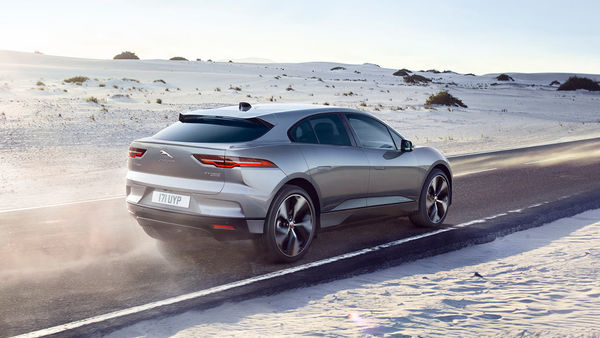

The starring highlight of any electric vehicle of today is the per-charge range it has on offer. More the range, bigger and bolder the bragging rights. And yet, there is a clear preference for an SUV body type in many key markets - including India, which may also underline that exterior and cabin styling is as crucial as it has always been in the minds of prospective customers.
It is a balancing act then for these elements to come together in an electric confluence in a bid to ensure that the end product is a winner in every way, on every road. Easier said - and written - than done but it is something Adam Hatton strives for as part of his work as Creative Director of Exterior Design at Jaguar. In an interview with HT Auto, Hatton points at the I-Pace - launched in India earlier this year - as a prime example of how an EV can look massively appealing, stay true to the brand's core philosophies and yet offer performance credentials that leaves a trail of silent roar in its wake.
Also check these Vehicles
Here is an excerpt from the interaction with Adam Hatton:
HT Auto: Electric cars are usually all about range, charge capabilities and perhaps performance. Has the role of exterior styling and cabin layout, then, reduced in wooing prospective buyers towards one EV or another?
Hatton: Design is and always has been at the very heart of Jaguar’s DNA – how a car looks is just as important as how it performs so, for me, designing an EV is no different from designing a conventionally powered car. It must have emotionally engaging aesthetics and be highly desirable to customers.
The I-PACE was our first EV. The difference with designing an EV comes down to the packaging because we are not dealing with a traditional engine and gearbox layout. This has its challenges, but also offers us lots of creative freedom. We embrace this at Jaguar Design.
Electric Jaguars still need to be vehicles that deliver against the brand’s core values, and in many ways the EV architecture allows us opportunities to exceed those expectations, while also offering all the environmental benefits of EV ownership.
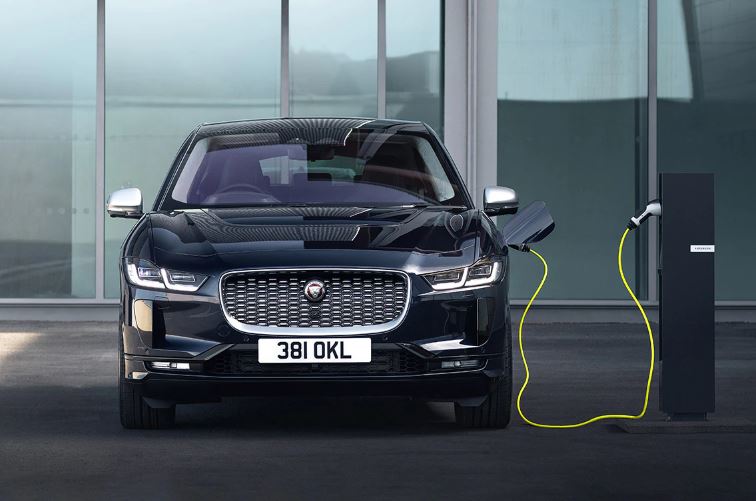

The I-PACE delivers sports car performance with its instantaneous acceleration, making it an even more engaging drive. The battery is packaged between the axles to create a centre of gravity that is lower than most SUVs, which better distributes the vehicle’s mass and increases composure.
HT Auto: What role does the aerodynamic credentials of an EV play in enhancing its performance capabilities and how important is this factor to you?
Hatton: Aerodynamics are just as important in an EV. Thanks to aerodynamic features including a low bonnet, sweeping roofline and sculpted rear, the I-PACE has a drag coefficient of just 0.29.
The grille was designed as an aerodynamic feature, channeling airflow through the integral bonnet scoop and over the windscreen onto a sleek roofline to reduce drag.
Airflow for battery cooling and the climate control system passes through the grille and Active Vanes in apertures in the front bumper, which open when required.
Flush door handles preserve the clean lines and contribute to the superb aerodynamics, emerging from the body at the push of a button on the key fob, or when touched. This attention to detail is heightened on models equipped with optional air suspension, which improves efficiency and optimises range by lowering the vehicle by 10mm at speeds above 65mph (105km/h) to further reduce drag.
HT Auto: Markets such as the US, some in Europe and in India have shown a preference for SUVs and pick-ups. Is there a potential for electric powertrain to once again revive following for other body- types?
Hatton: The I-PACE was the world's first premium electric SUV – it is no coincidence that we chose to launch with that package at that time because we knew there was a strong market for it.
In its first year it was awarded World Car, World Design and World Green car of the Year with judges calling out its balance of design, capability and performance.
EVs are increasingly available in all major vehicle segments to meet the growing needs of customers who want to make the switch and this will continue as battery technology evolves.
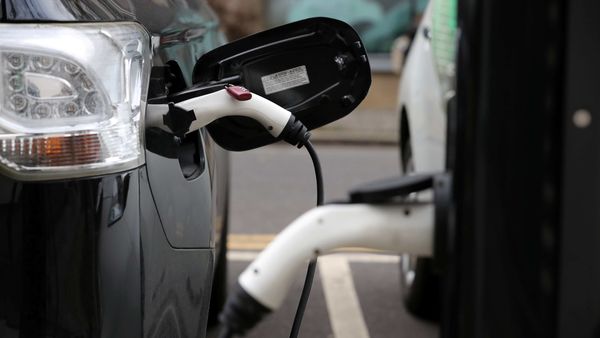

Whilst we can’t comment on future products, Jaguar will be an all-electric brand by 2025 so watch this space.
HT Auto: The I-PACE has been a strong performer for Jaguar the world over. In India, it competes against typical SUV body types from Audi and Mercedes. Do you consider the coupe-ish profile of I-PACE connecting with buyers here?
Hatton: I-PACE is a relatively new entrant to the Indian market and we are excited to build on its global success. I’m confident customers in India will love it.
The I-PACE is an SUV and has been cleverly designed to ensure it provides the space and luxury customers expect of a Jaguar.
HT Auto: How do you see the styling trend in EVs evolving in coming times?
Hatton: Vehicle design is going through a transition. EV engineering and packaging gives designers a lot more freedom. At Jaguar, we use this in our creative thinking, and work as a very close design and engineering team to achieve best-in-class design for our customers.
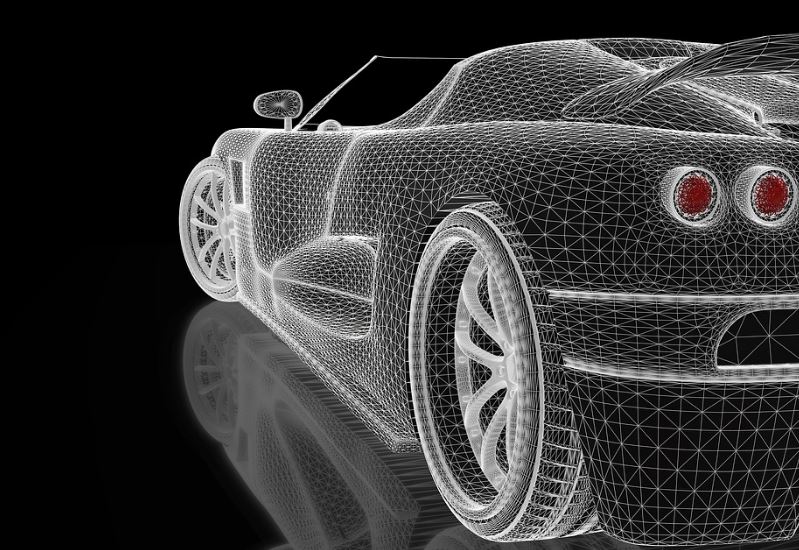

Following the lead of the pioneering Jaguar I-PACE all electric SUV, we will see a lot more EVs in the SUV body-style. EVs will become the norm, and companies will start to look for different design character instead of many looking the same.
HT Auto: Smaller proportions are often perceived as better when it comes to EVs. Is that a thought echoed within Jaguar, considering range limitations may keep such cars within city limits?
Hatton: Battery technology is the single most significant determiner of range and as the technology has developed, the range of EVs too has.
The Jaguar I-PACE is not a small car, yet it has a range of 292 miles (470km) on the WLTP cycle. This is enabled through the combination of a high-tech lithium-ion battery with a 90kWh capacity and drag coefficient of 0.29Cd.
We’re at the stage with EVs that the range available can comfortably accommodate most people’s daily travel. In developed EV markets like Norway, customers regularly drive very long distances to and from work and still only charge at home. Having owned an I-PACE myself, I know it may feel like range will be a big issue, and every journey needs to be managed in advance, but it really isn’t the case – you drive off, do what you need to do and when you come home, charge. I quickly realized how few journeys would require charging on the public network.
HT Auto: Do you look at how rival OEMs style their EVs and if so, are there models that appear impressive to you - visually speaking?
Hatton: As a designer I am always curious about what other brands are doing, I love cars and I love car design, so you won’t be surprised to hear that! But, as a Jaguar designer, I will always be guided by our brand DNA.
Jaguar has always been about the richness of the ownership experience. We want drivers and passengers to relish the journey just as much as the destination. Our cars are designed to be luxurious, distinctive, and give enjoyment – we want customers to feel an emotional connection, not only through how the car looks but also how it makes you feel when you step inside.
We always keep in mind the principles of comfort, dramatic architecture, luxurious materials, and attention to every detail, as well as surprise and delight features customers have come to expect from Jaguar.
As to what the future holds – I can’t comment on that, other than to say I’m extremely excited.







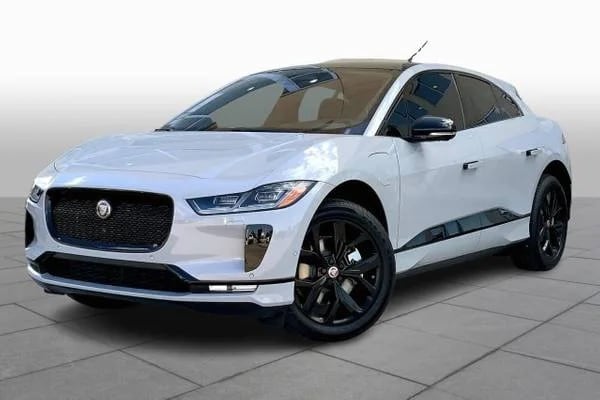
 90 kWh
90 kWh 470.0
470.0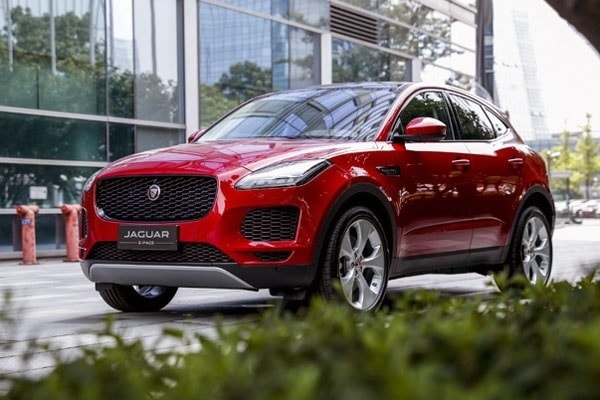
 1999.0 cc
1999.0 cc Diesel
Diesel













